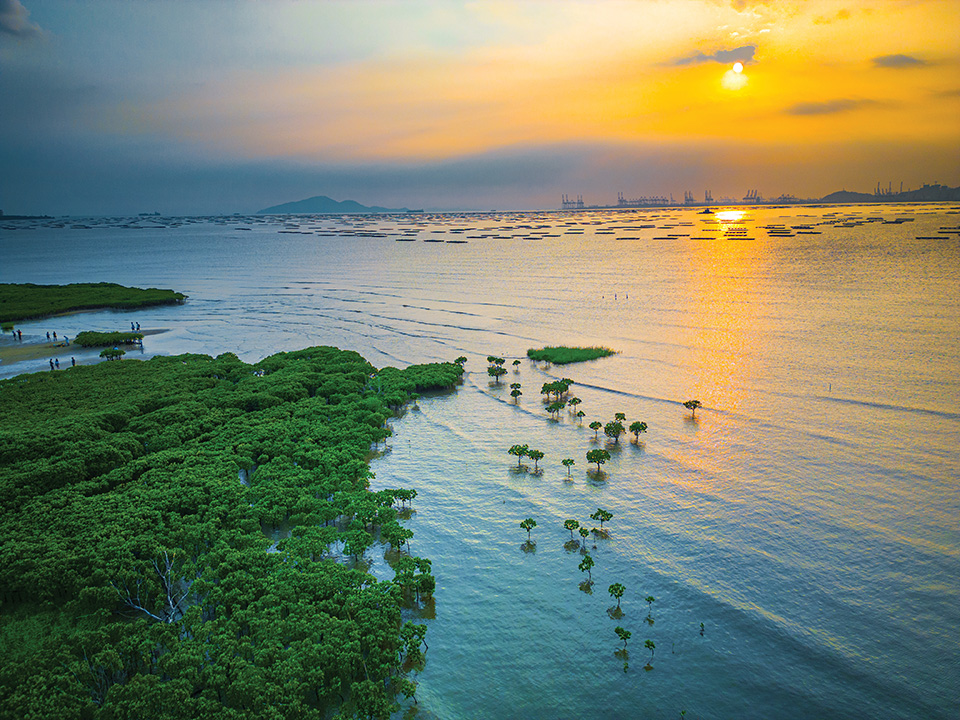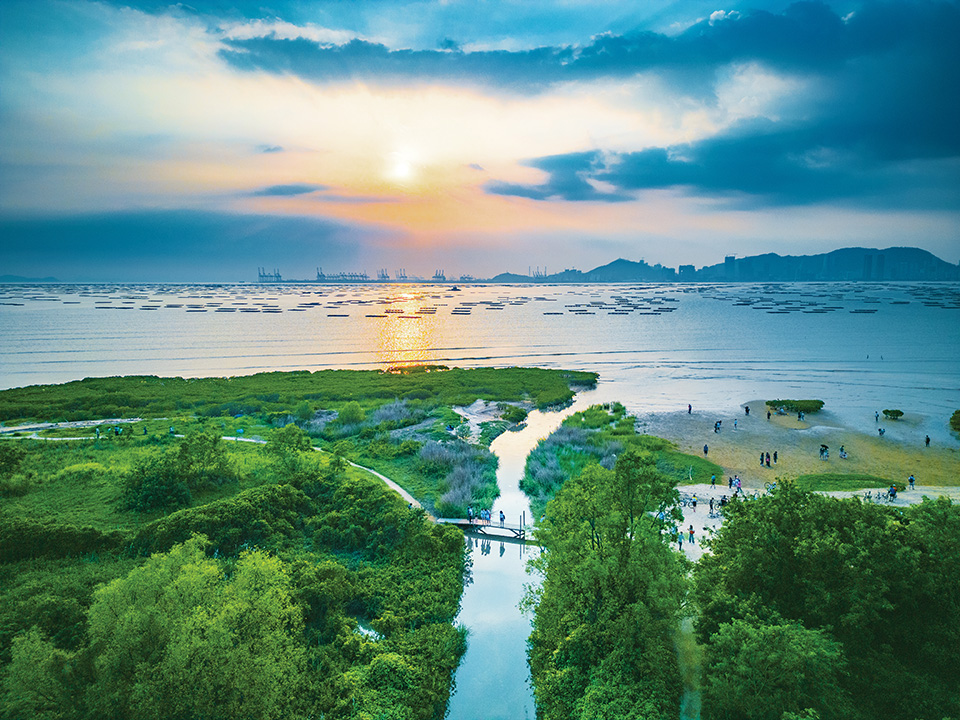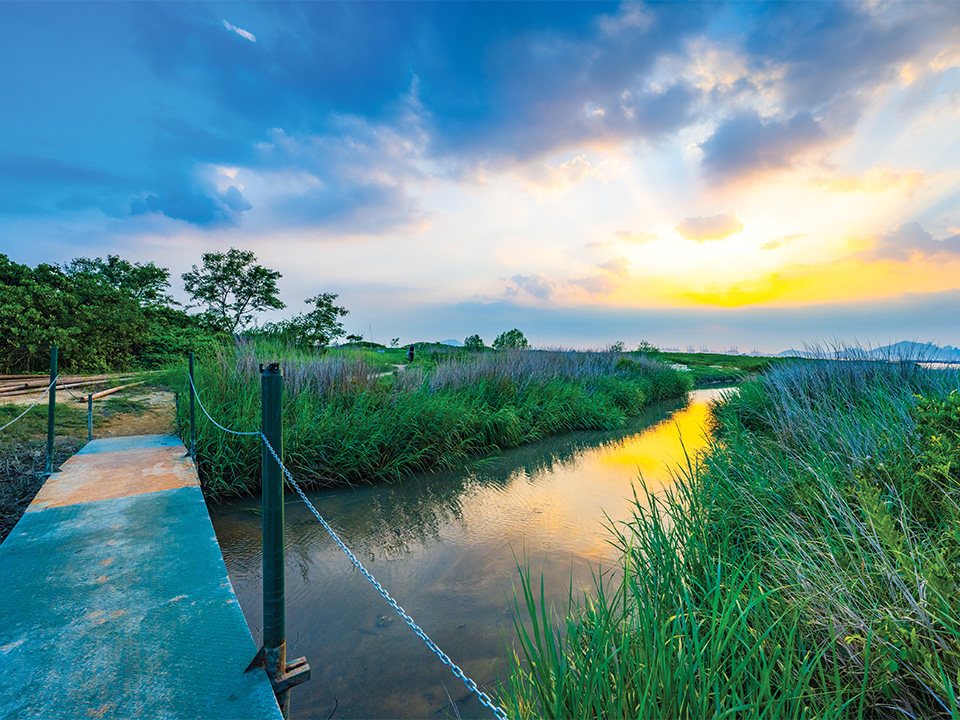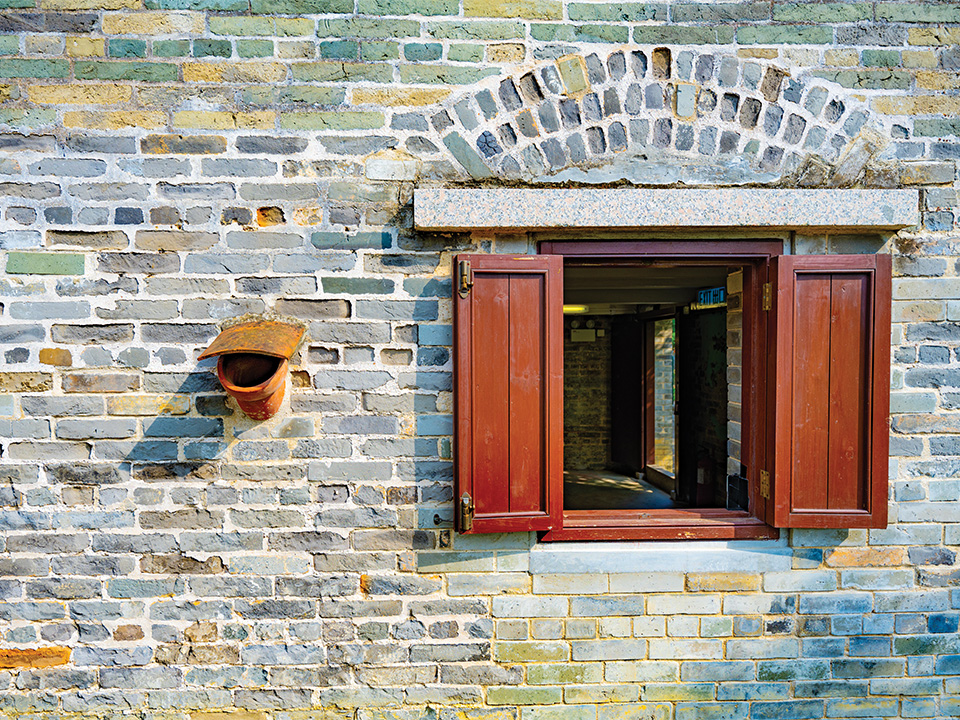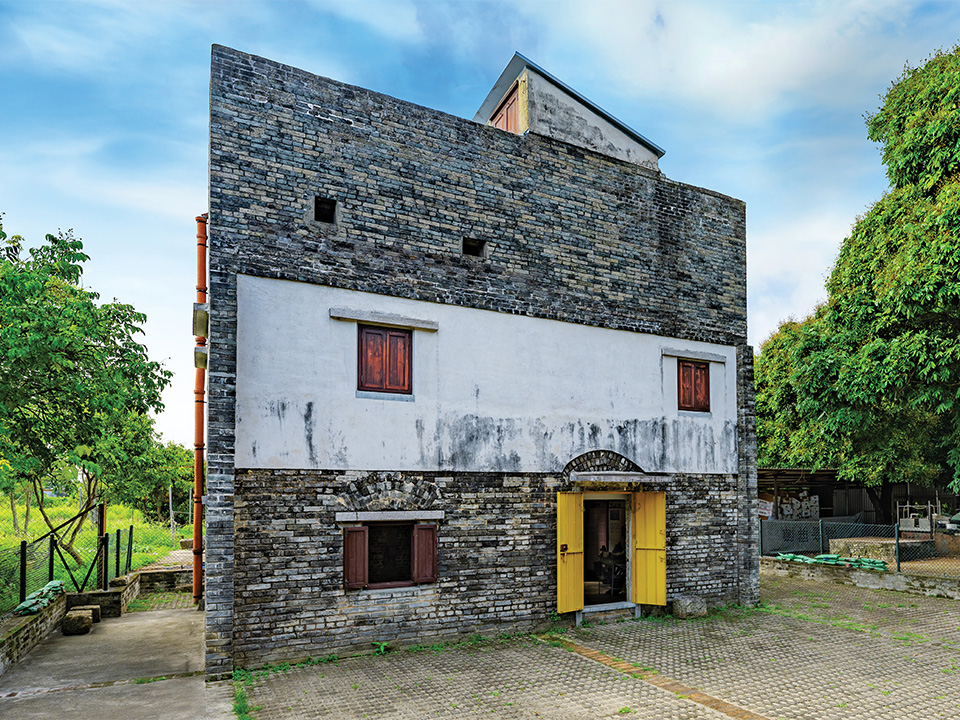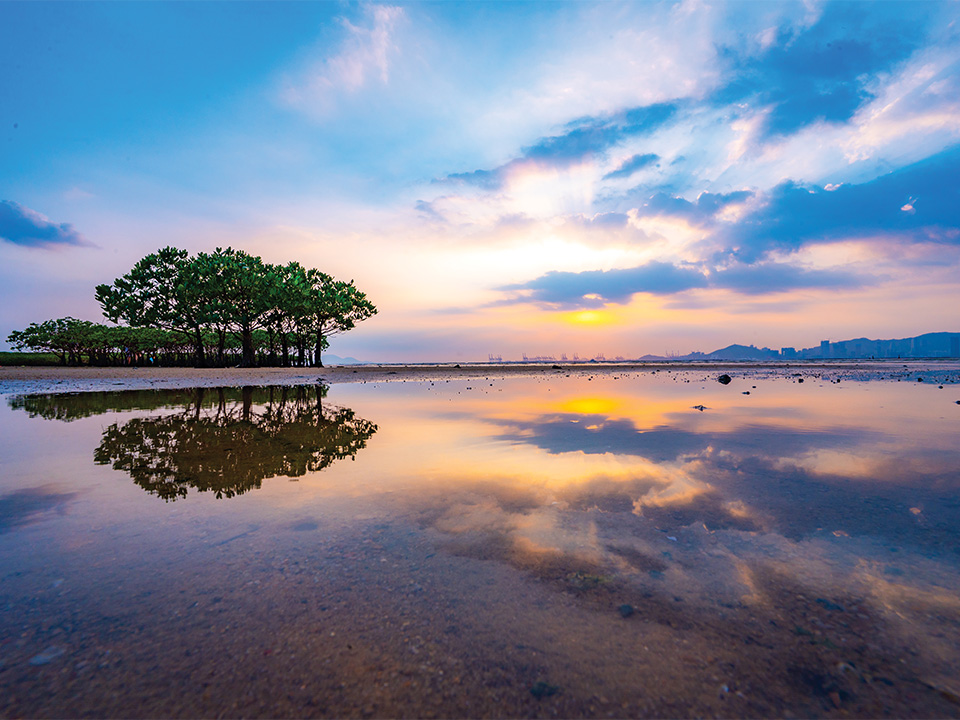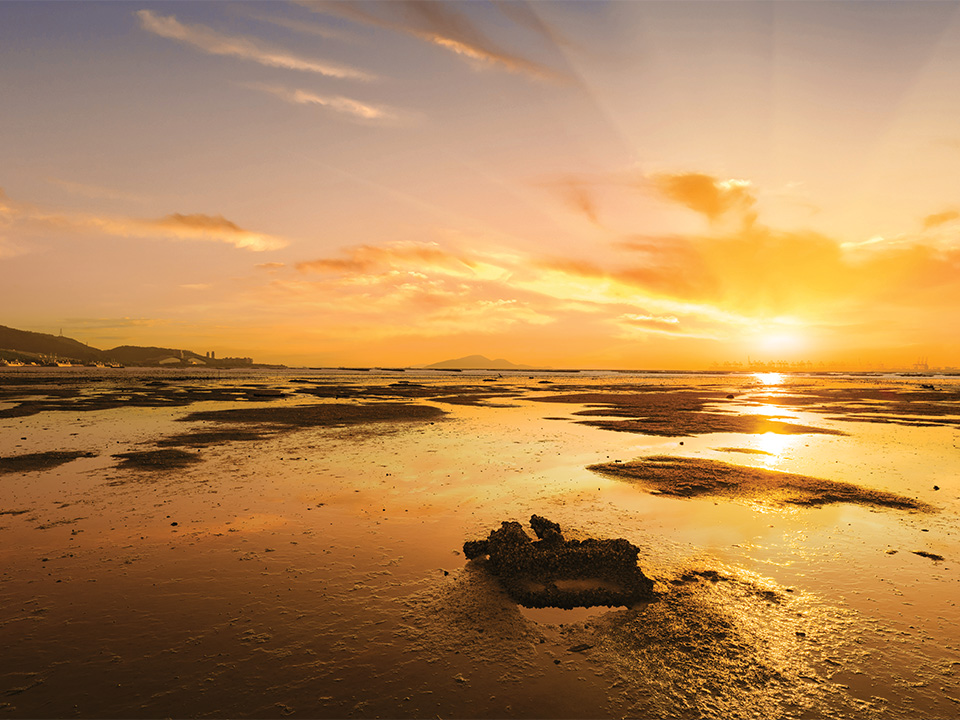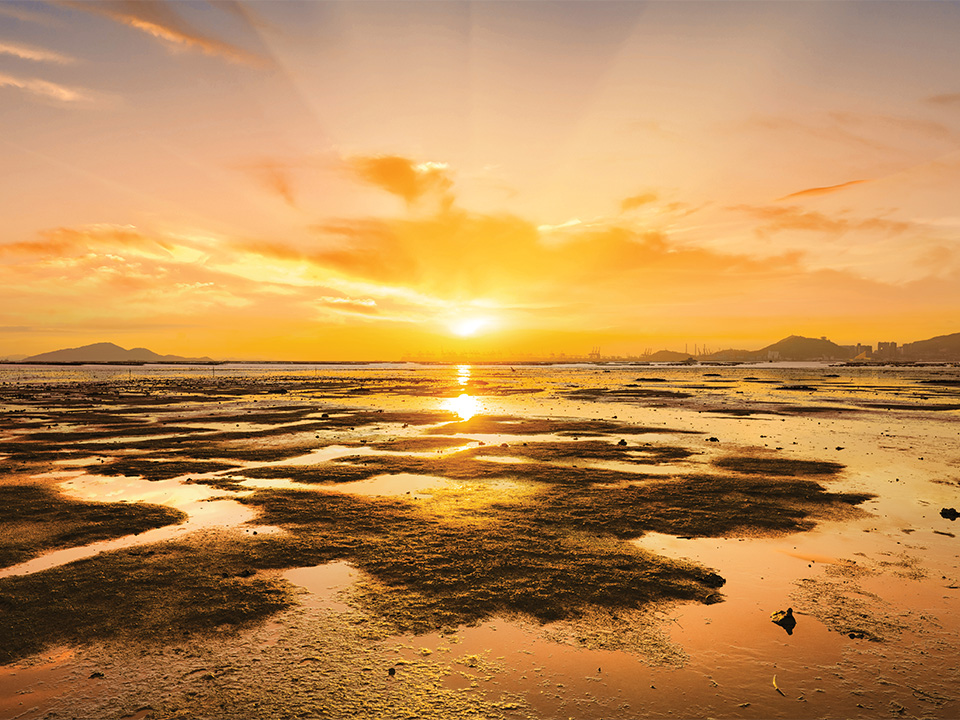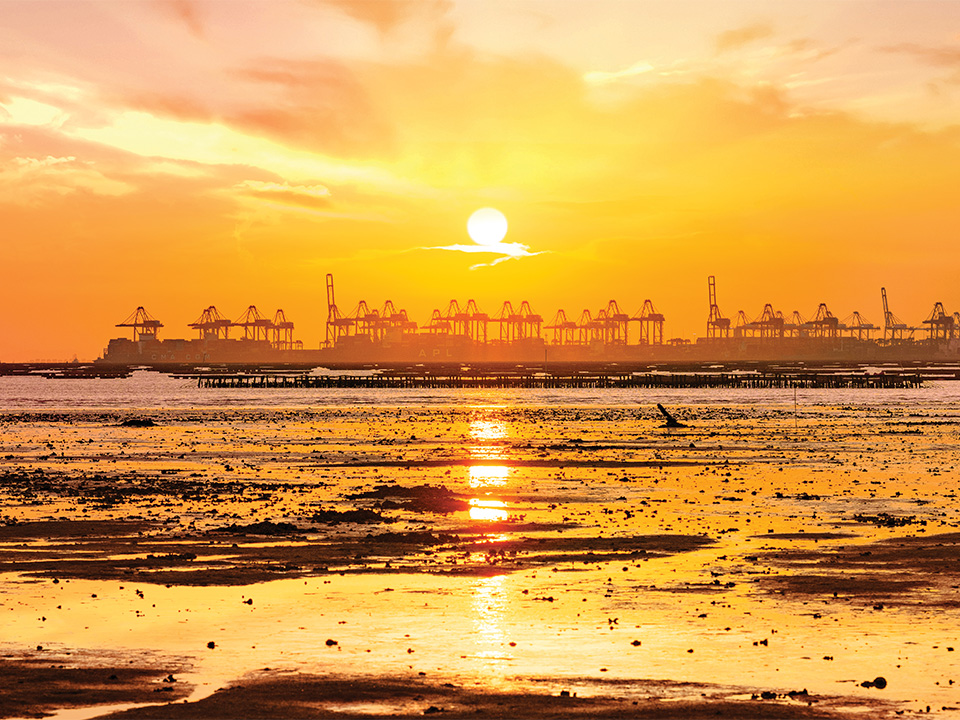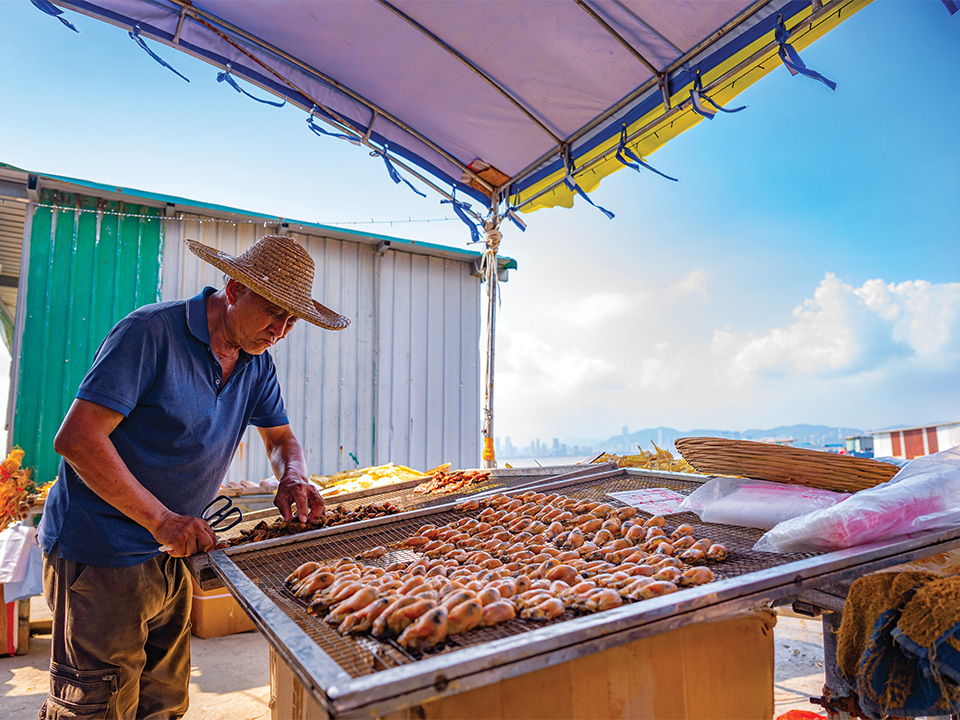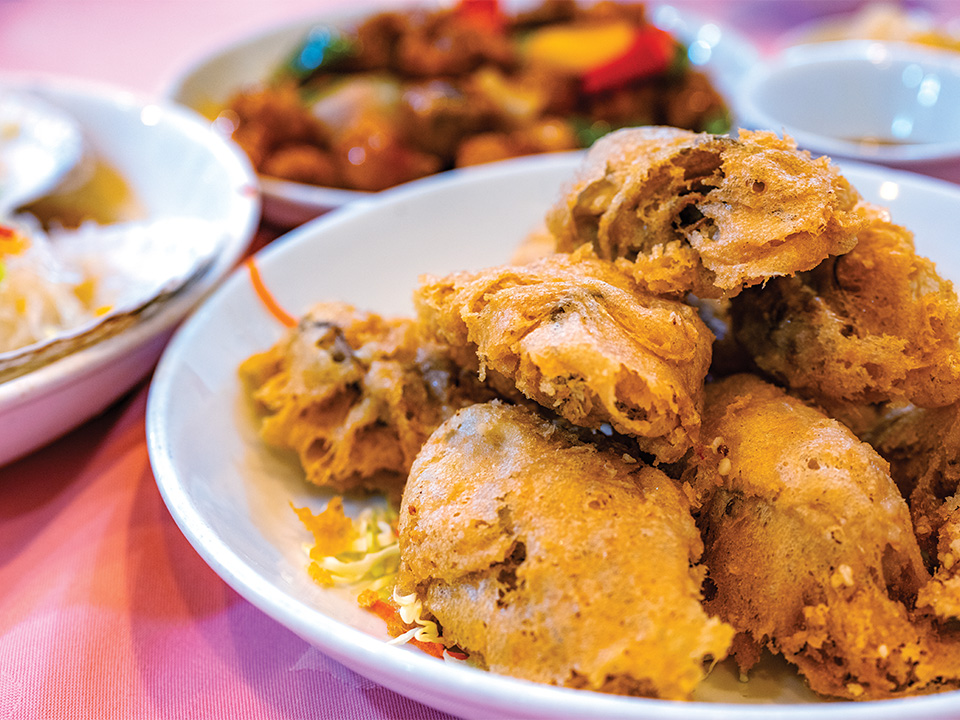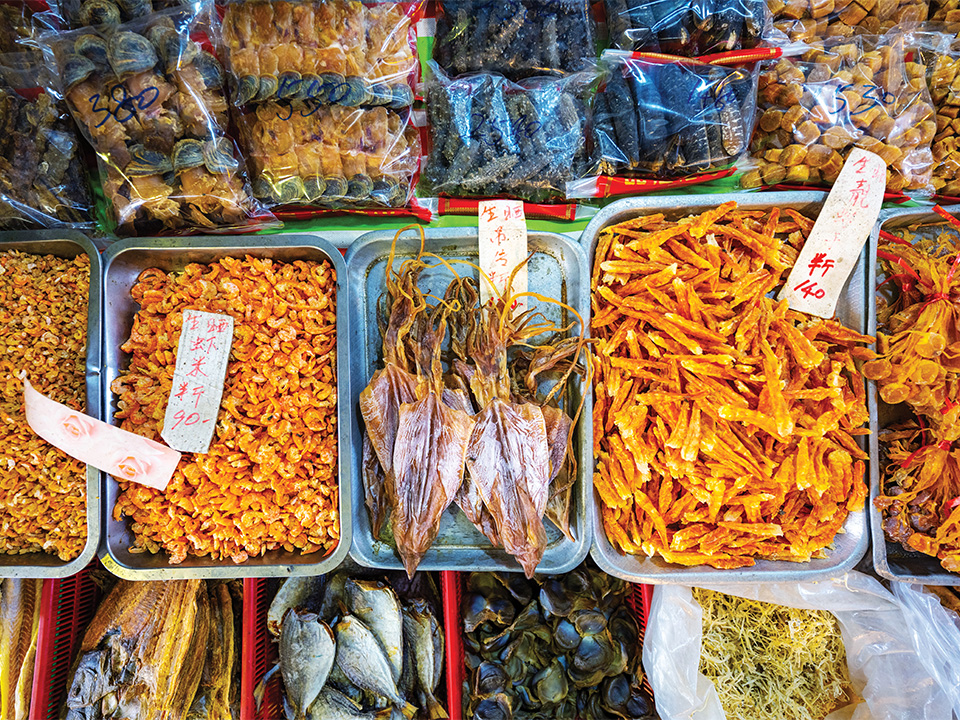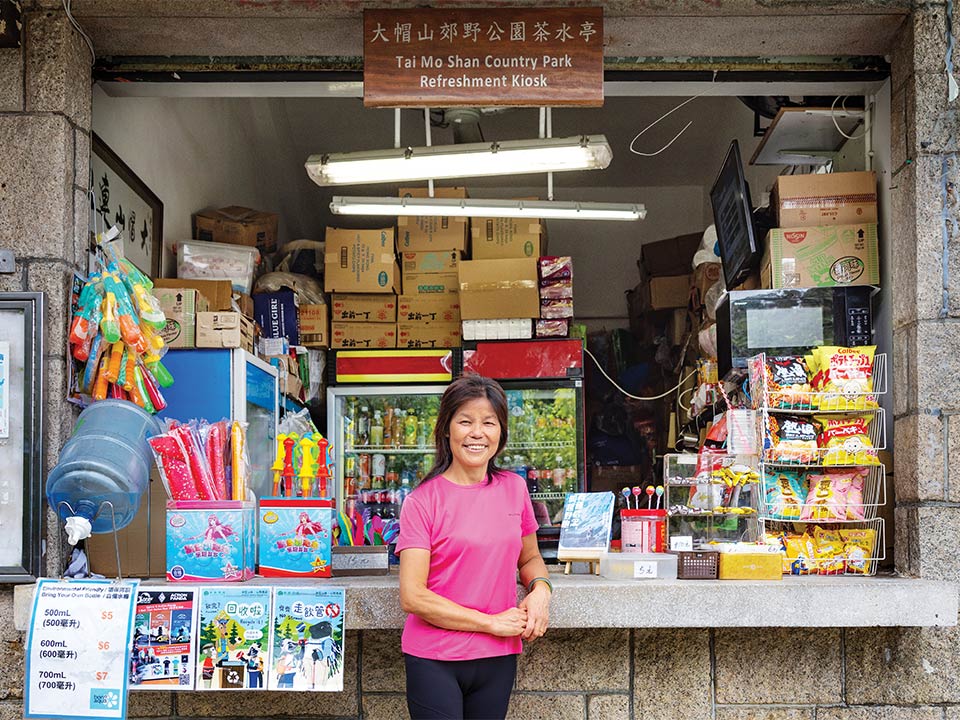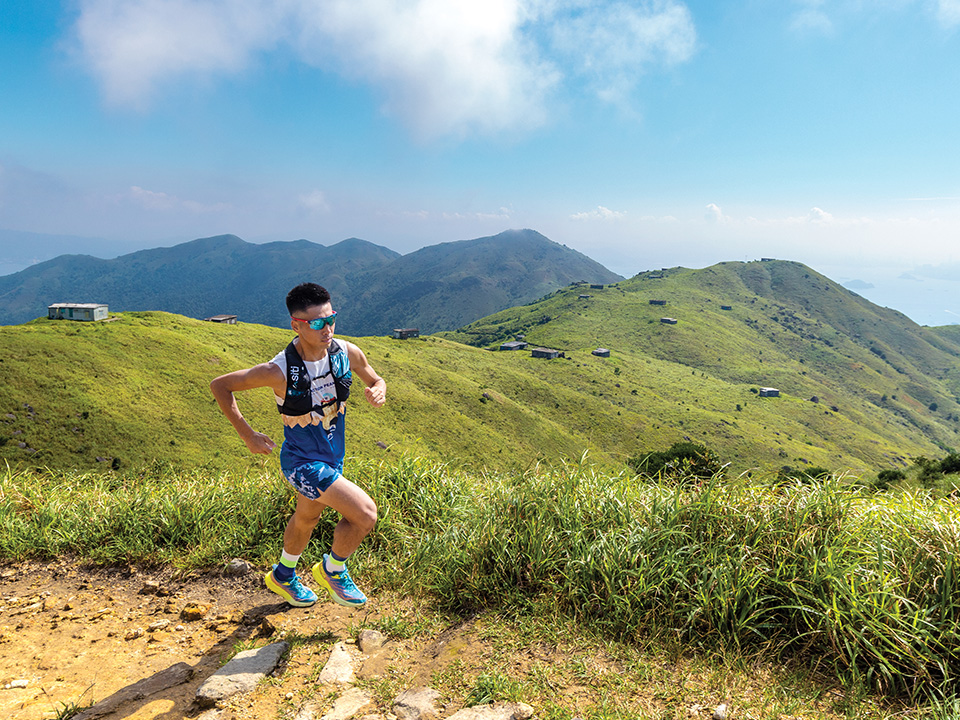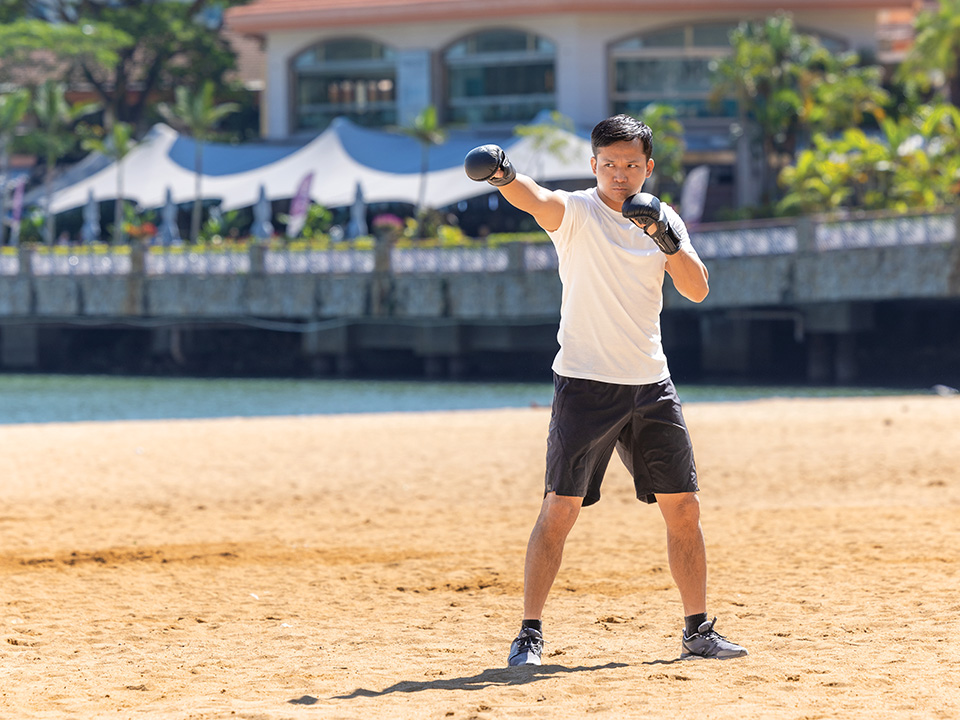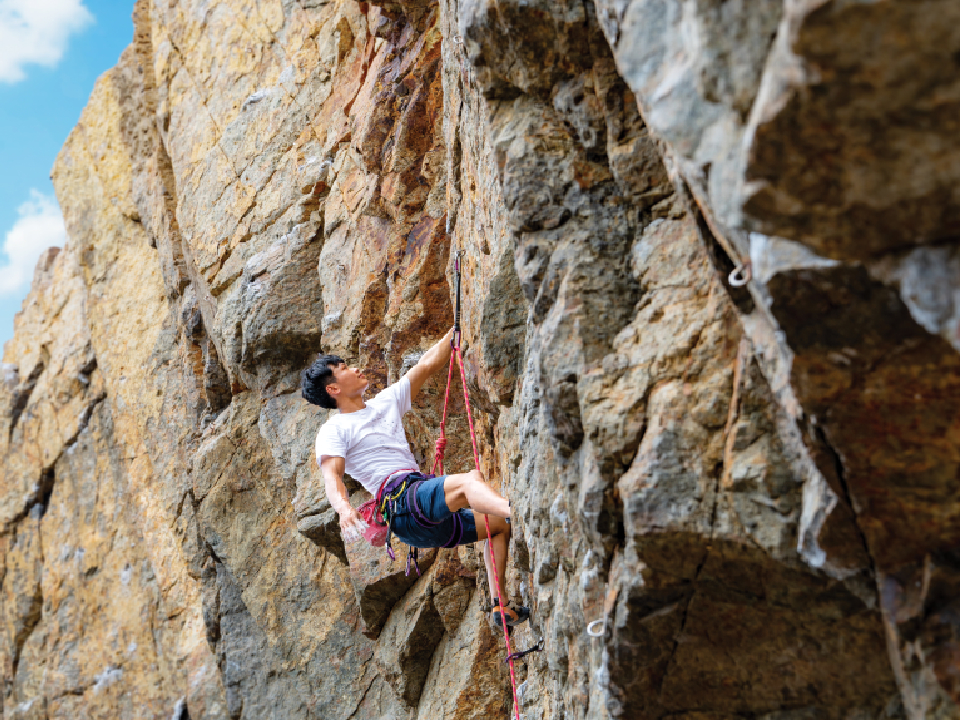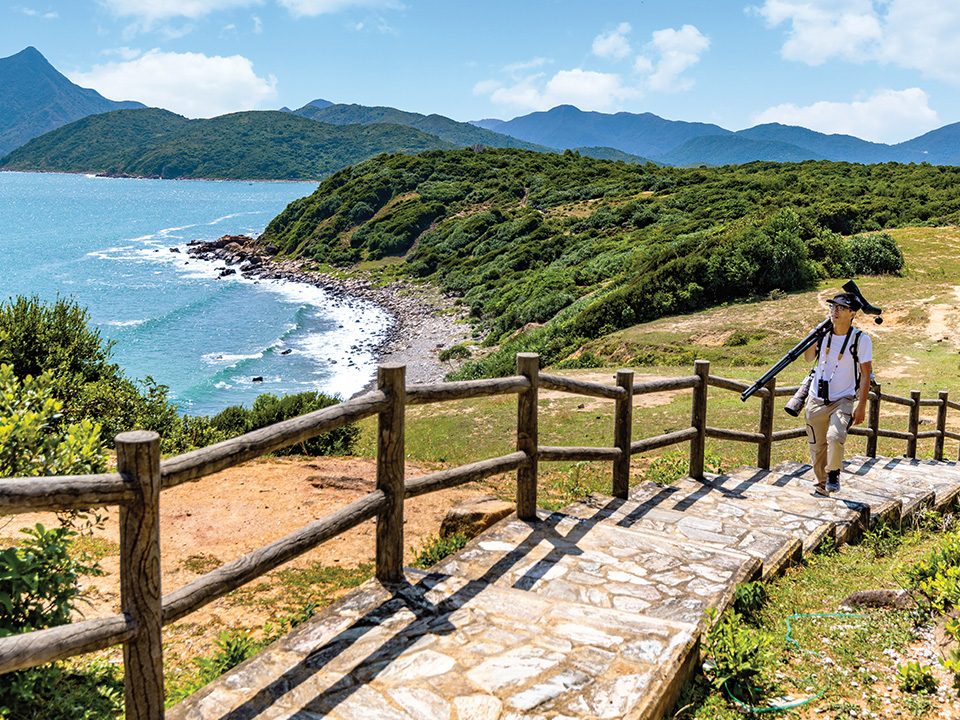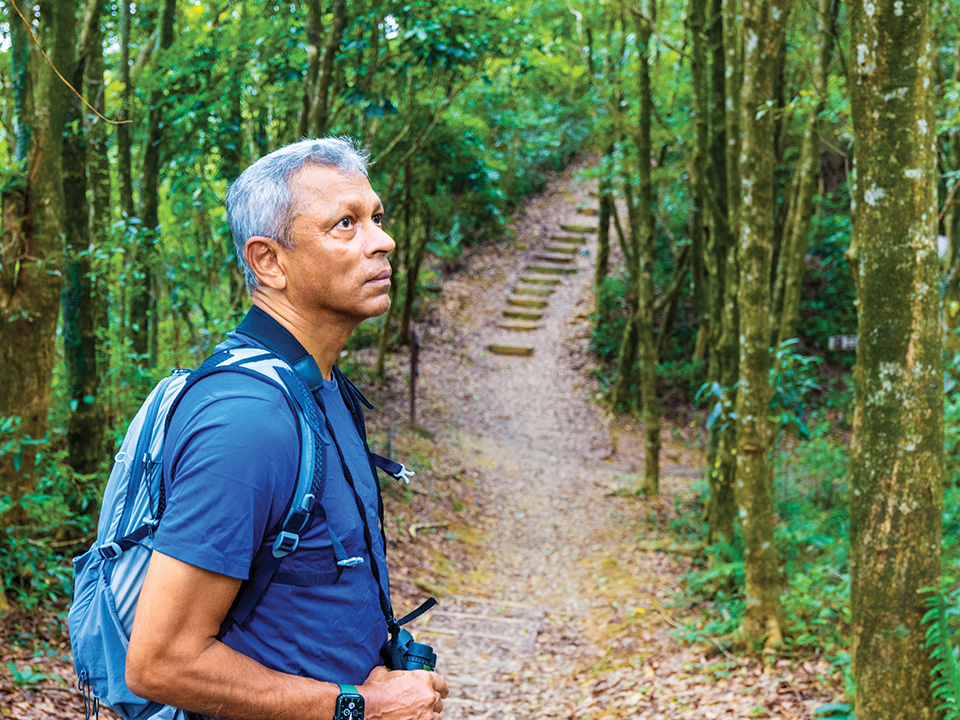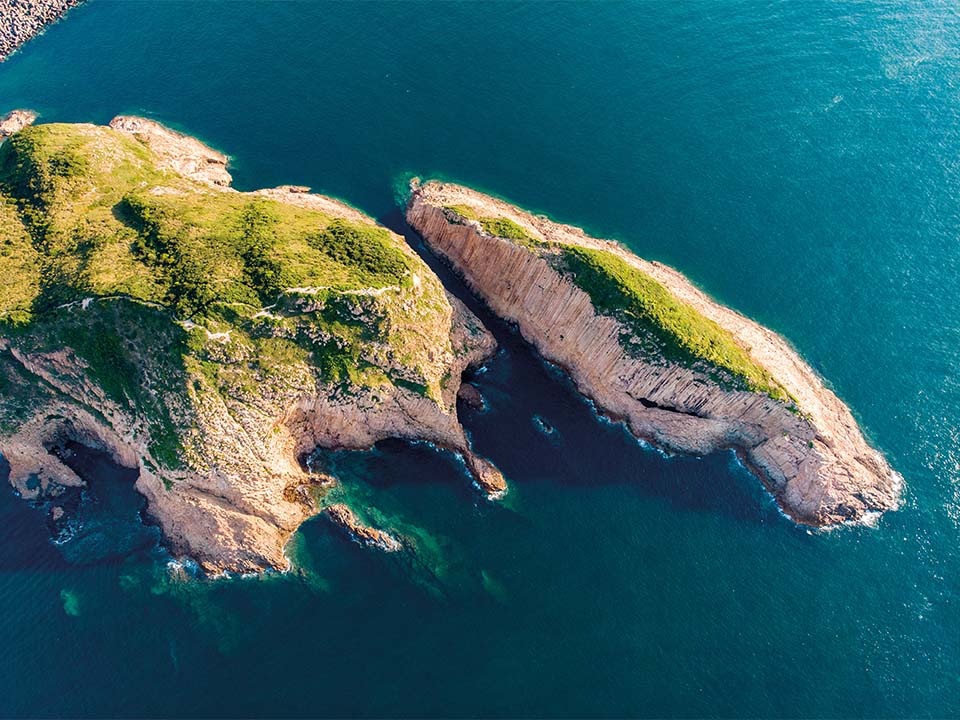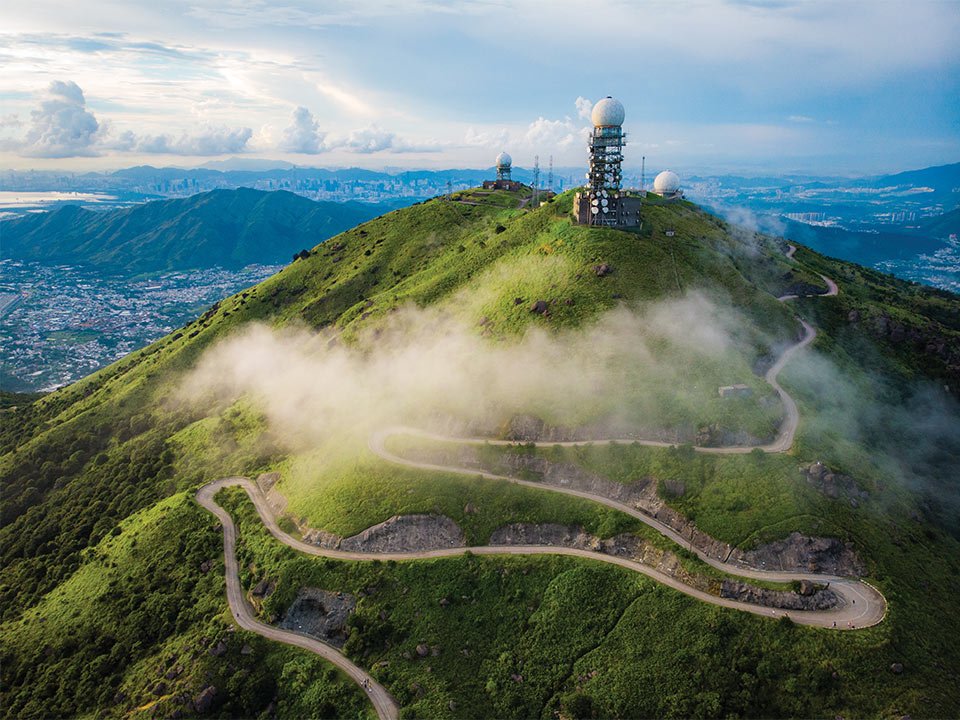About Ha Pak Nai
Nestled on the coast of the northwestern New Territories in Hong Kong, Pak Nai is a picturesque destination. This wetland area consists of two distinct parts: Sheung Pak Nai (Upper Pak Nai) and Ha Pak Nai (Lower Pak Nai). It’s home to mangroves, oyster beds and rich marine life, including endangered horseshoe crabs, as well as numerous migratory birds. It’s surrounded by mountains and dotted with small villages, offering spectacular views of Deep Bay and, further off, the towering skyscrapers of Shenzhen. As the tide recedes in the evening, nature lovers and photographers flock to the mudflats for the magnificent sunset reflected on the glistening water — arguably one of the most romantic experiences the city’s countryside has to offer.
Besides the famous sunset from the coastline, Pak Nai has other spots that are worth visiting. Come here a few hours before sunset to explore the tranquil villages. By the Ap Tsai Hang stream, you can unwind over a cup of tea or coffee and Hong Kong-style snacks such as noodles with luncheon meat and fried eggs, fish balls and ice pineapple at the village store.
A 20-minute walk towards the south along Nim Wan Road — or just a few minutes on the minibus to the Ha Pak Nai terminus — will take you to a historic fortified two-storey building, constructed around 1910 after China’s New Army Uprising in Guangzhou, with links to the late Qing dynasty (1644–1911) revolutionary movement. The rectangular grey brick structure, now a declared monument, formed part of a complex built as a refuge for the failed revolutionaries as they fled over the border. An adjoining house was demolished in the 1930s.
Watching the magnificent sunset from the mudflats of Ha Pak Nai is a surreal experience. As the tide slowly recedes, oyster beds will emerge in the foreground as the water reflects the brilliant colours of the setting sun and, on certain days, the cloud patterns in the sky. Observe how the sky turns from a mixture of blue and orange to vivid red within a short time — it’s no wonder why so many visitors and photography enthusiasts come here to capture the sunset in all its glory.
The area is also known for its biodiversity. Here, you may spot migratory birds, including the globally endangered black-faced spoonbill, as well as marine creatures such as the endangered Chinese horseshoe crab and rare mangrove horseshoe crab. Horseshoe crabs have existed for 450 million years and pre-dated the dinosaurs. During low tide, you may see these crustaceans emerging from the mudflats.
You’ll likely come across mudskippers scurrying across the wet sand with their fins, too. Like frogs, these amphibious fish can breathe through their skin.
Ha Pak Nai’s sunset is certainly a feast for the eyes, but now it’s time for a feast for your stomach! Just a short minibus ride away, the village of Lau Fau Shan is where you can enjoy a scrumptious seafood dinner. The area is a well-established dining destination with a long history of oyster farming. The golden dried oysters here are a sought-after delicacy. One local favourite recipe has the oysters pan-fried until the outside is slightly crusty, while the inside remains tender and bursting with flavour. As well as dried marine produce, the main street is lined with shops offering freshly caught seafood, which customers can choose and have one of the restaurants prepare to order. In the evenings, this enticing village street and its restaurants are often full of happy shoppers and diners, making it a quintessential Hong Kong experience. Aside from golden dried oysters, popular dishes include salt-baked or steamed virgin crabs — also famous here — and Hong Kong classics such as steamed fresh fish with ginger, served with soy sauce and scallions; steamed razor clams with black bean sauce; and baked fresh lobster with cheese sauce, served with e-fu noodles.
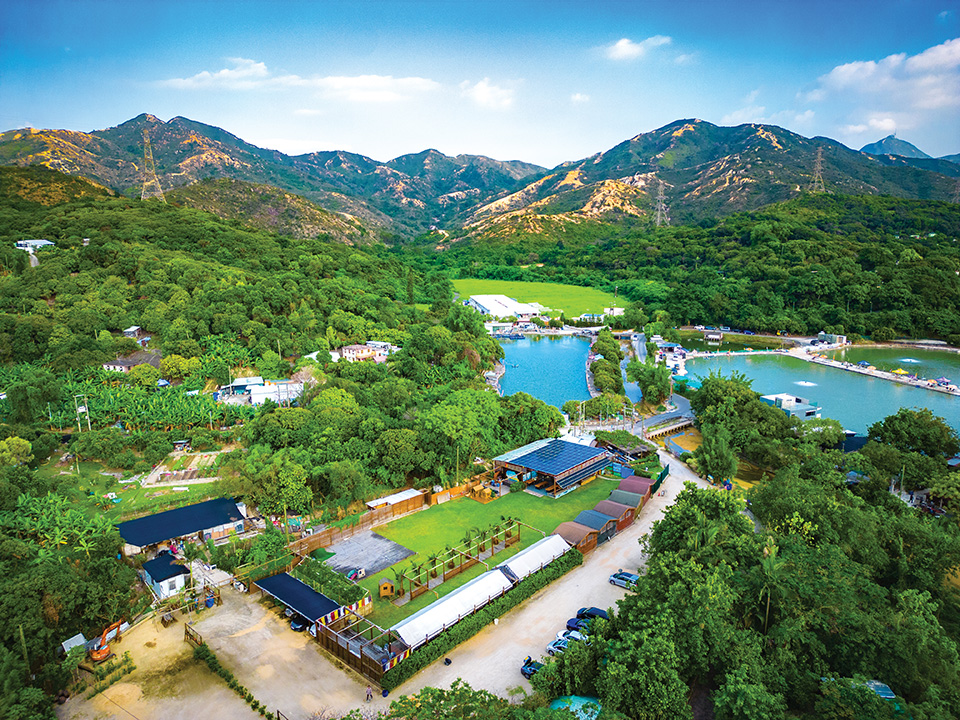
Besides the famous sunset from the coastline, Pak Nai has other spots that are worth visiting. Come here a few hours before sunset to explore the tranquil villages. By the Ap Tsai Hang stream, you can unwind over a cup of tea or coffee and Hong Kong-style snacks such as noodles with luncheon meat and fried eggs, fish balls and ice pineapple at the village store.
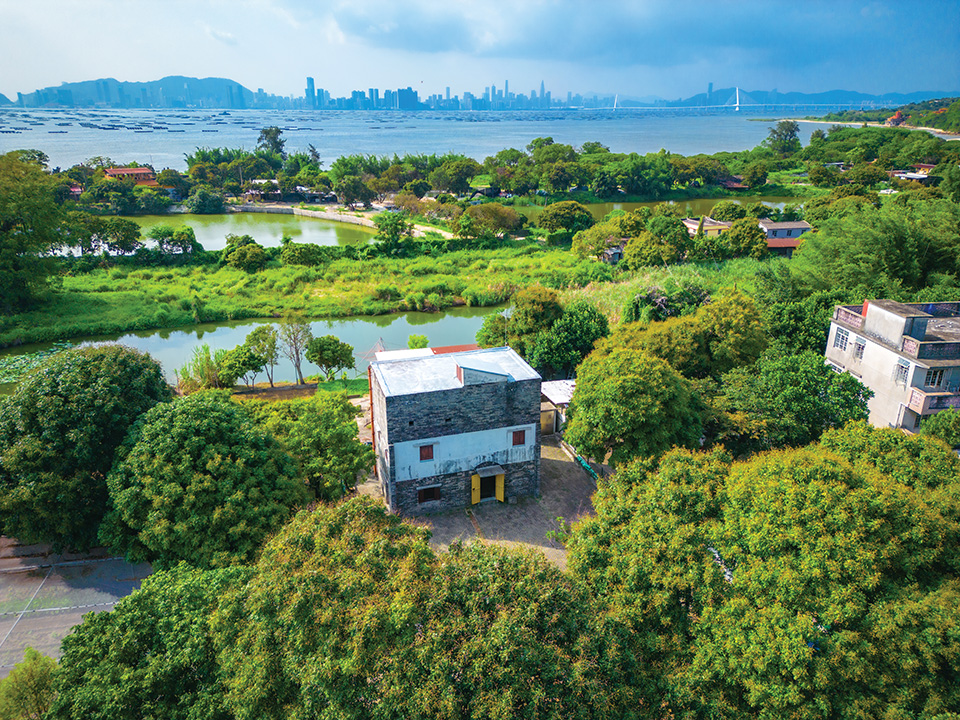
A 20-minute walk towards the south along Nim Wan Road — or just a few minutes on the minibus to the Ha Pak Nai terminus — will take you to a historic fortified two-storey building, constructed around 1910 after China’s New Army Uprising in Guangzhou, with links to the late Qing dynasty (1644–1911) revolutionary movement. The rectangular grey brick structure, now a declared monument, formed part of a complex built as a refuge for the failed revolutionaries as they fled over the border. An adjoining house was demolished in the 1930s.
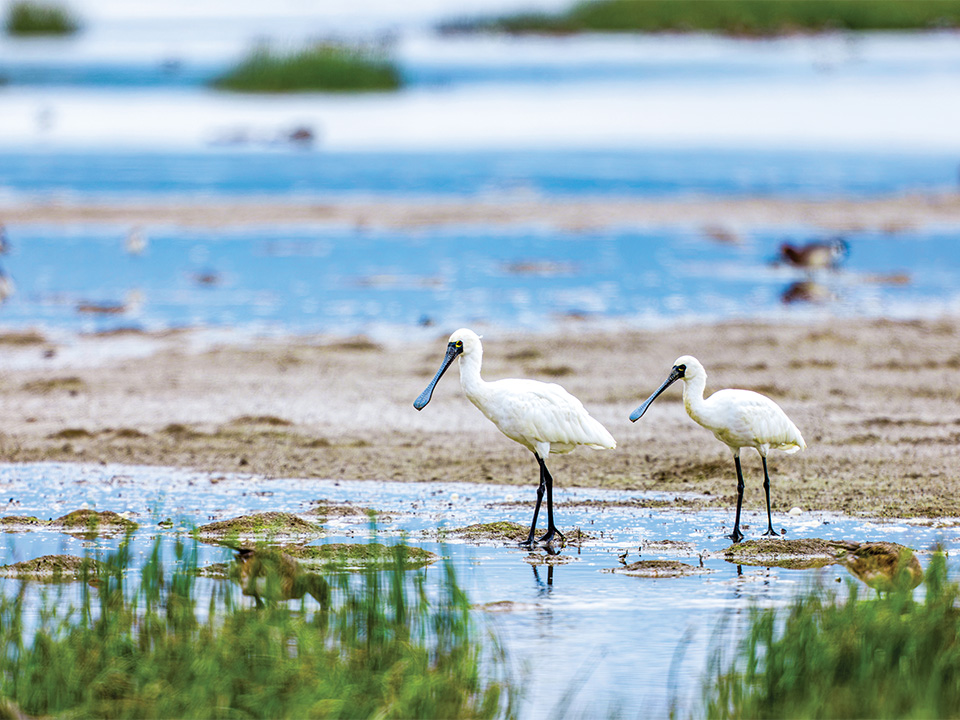
Watching the magnificent sunset from the mudflats of Ha Pak Nai is a surreal experience. As the tide slowly recedes, oyster beds will emerge in the foreground as the water reflects the brilliant colours of the setting sun and, on certain days, the cloud patterns in the sky. Observe how the sky turns from a mixture of blue and orange to vivid red within a short time — it’s no wonder why so many visitors and photography enthusiasts come here to capture the sunset in all its glory.
The area is also known for its biodiversity. Here, you may spot migratory birds, including the globally endangered black-faced spoonbill, as well as marine creatures such as the endangered Chinese horseshoe crab and rare mangrove horseshoe crab. Horseshoe crabs have existed for 450 million years and pre-dated the dinosaurs. During low tide, you may see these crustaceans emerging from the mudflats.
You’ll likely come across mudskippers scurrying across the wet sand with their fins, too. Like frogs, these amphibious fish can breathe through their skin.
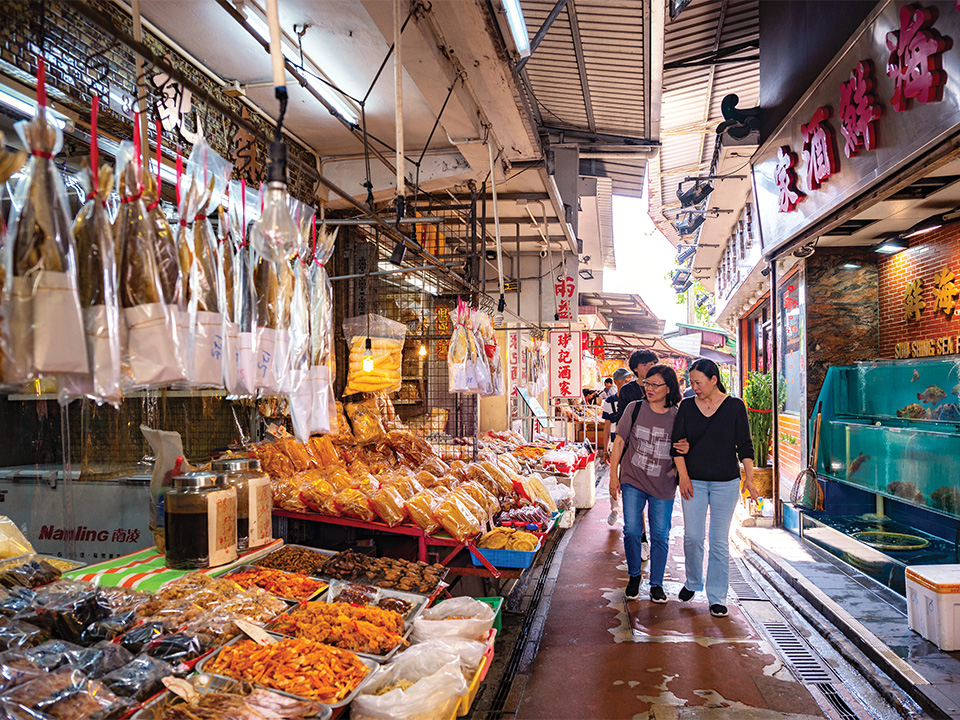
Ha Pak Nai’s sunset is certainly a feast for the eyes, but now it’s time for a feast for your stomach! Just a short minibus ride away, the village of Lau Fau Shan is where you can enjoy a scrumptious seafood dinner. The area is a well-established dining destination with a long history of oyster farming. The golden dried oysters here are a sought-after delicacy. One local favourite recipe has the oysters pan-fried until the outside is slightly crusty, while the inside remains tender and bursting with flavour. As well as dried marine produce, the main street is lined with shops offering freshly caught seafood, which customers can choose and have one of the restaurants prepare to order. In the evenings, this enticing village street and its restaurants are often full of happy shoppers and diners, making it a quintessential Hong Kong experience. Aside from golden dried oysters, popular dishes include salt-baked or steamed virgin crabs — also famous here — and Hong Kong classics such as steamed fresh fish with ginger, served with soy sauce and scallions; steamed razor clams with black bean sauce; and baked fresh lobster with cheese sauce, served with e-fu noodles.



